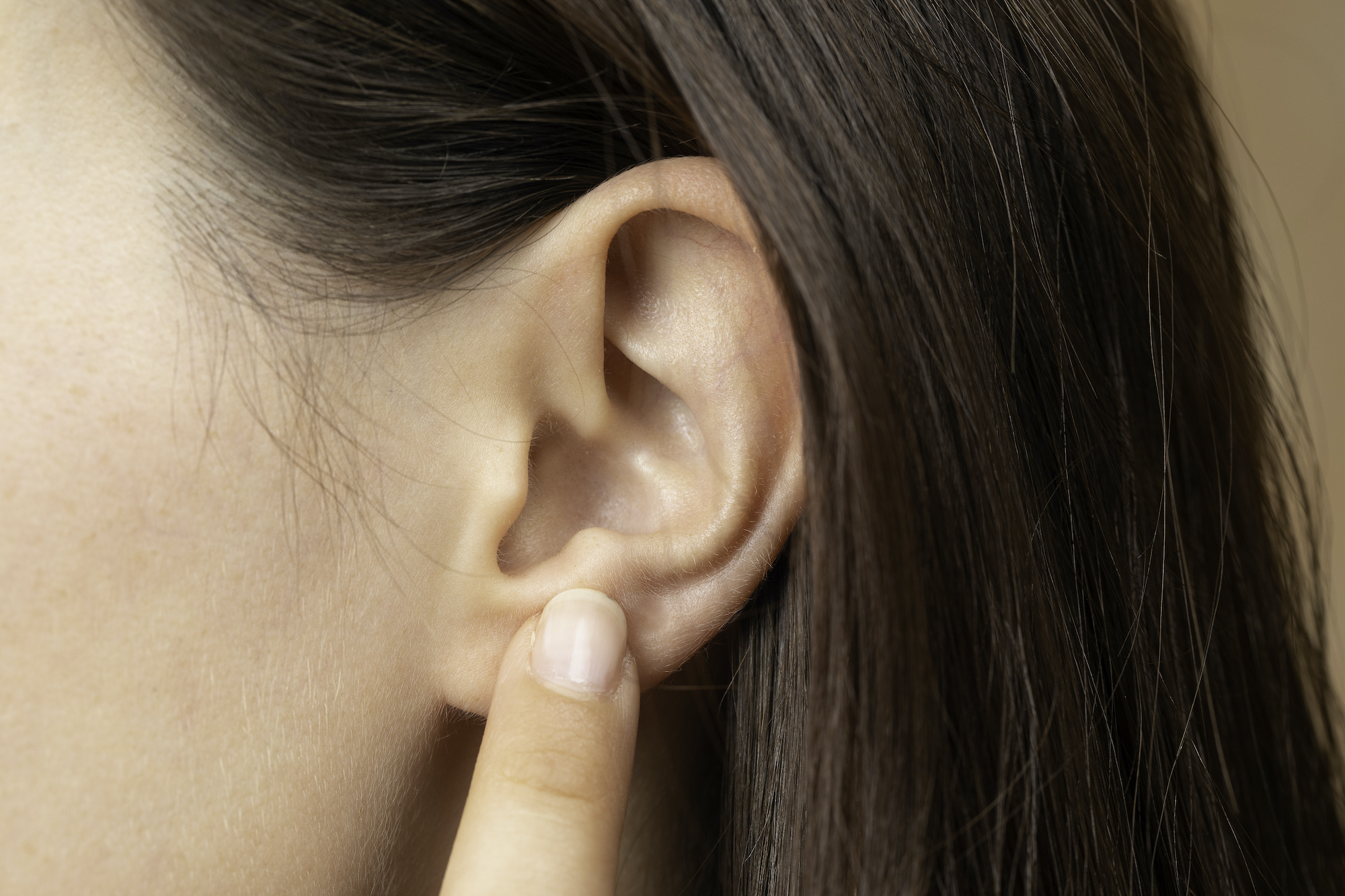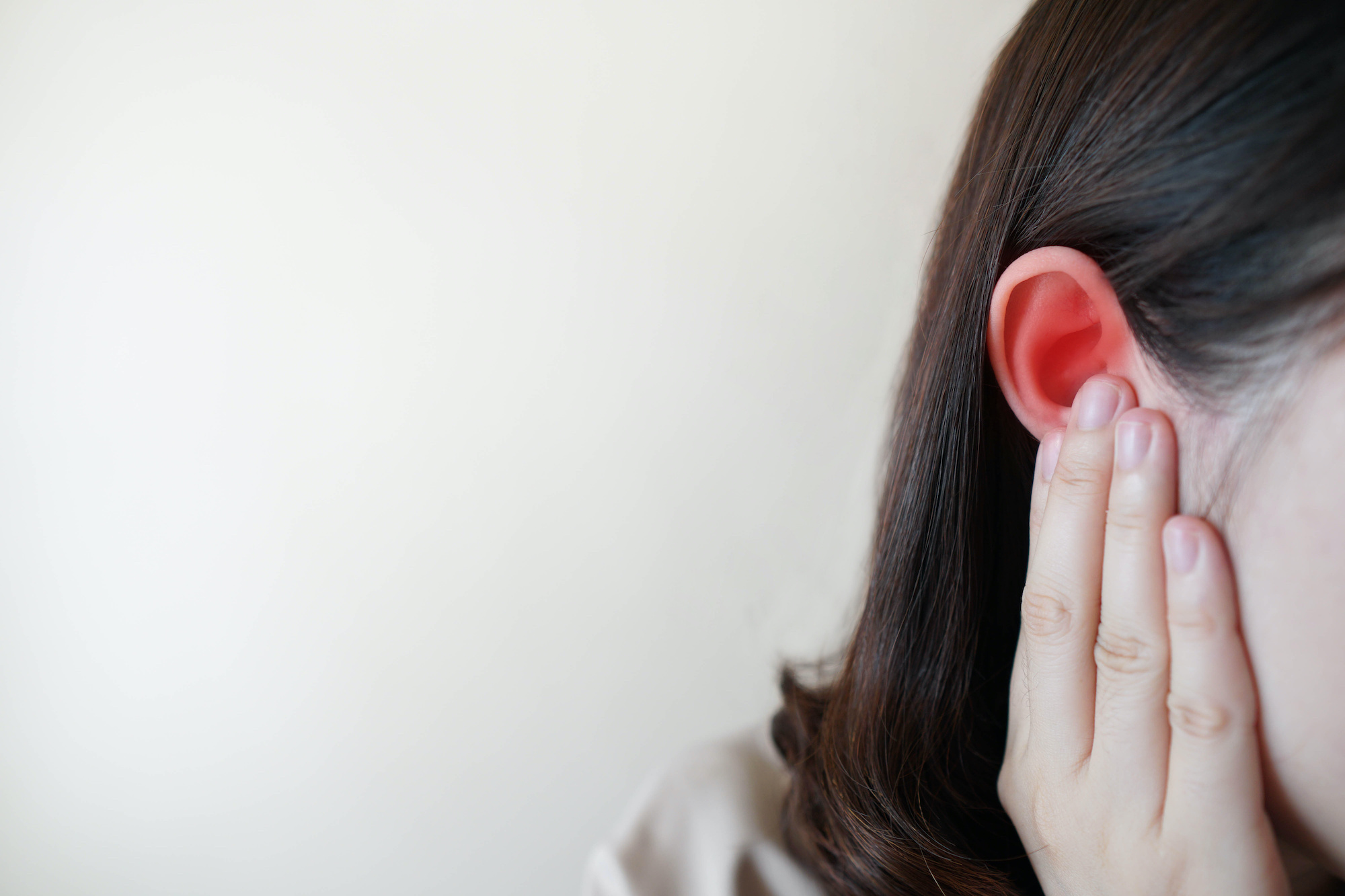The ear has three essential parts: the inner ear, which translates sound waves; the middle ear, which contains tiny little bones and amplifies sounds; and finally, the outer ear, which is the canal that leads to the eardrum.
Taking good care of your ears is something we should not understate. And while we do all that we can to enjoy good hearing health, the reality is that all of our ear parts are susceptible to infections.
We’ll discuss the different types of ear infections, their signs and symptoms, and whether you can develop hearing loss from ear infections.
Types of Ear Infections
There are different types of ear infections, and all of them come with an array of signs and symptoms. They are of two types: outer ear infections (commonly referred to as swimmer's ear) and middle ear infections.
Both of these infections can cause hearing loss as well as a pus discharge, swelling, or bulging at the front of the cochlea.
These are the types of ear infections that commonly occur in both children and adults.
Otitis Externa
Otitis externa is an ear infection that causes the inflammation of the external ear canal. This is the tube that connects the eardrum and the outer ear so that the eardrum can transport sound through the ear canal.
Otitis externa is often referred to as swimmer’s ear because overexposure to water makes the ear vulnerable to inflammation, which can turn into an infection.
Treatments include professional cleaning of the eardrum, the use of oral antibiotics, and pain relievers.
Otitis Media
Just from the name itself, this infection sounds similar to the otitis externa ear infection. The only difference is that it occurs in the middle ear (media) instead of the outer ear. Otitis media can either be chronic or acute in nature.
This type of ear infection occurs when the middle ear does not receive enough ventilation. This could be because of clogging or a blockage that leaves the middle ear damp, encouraging the buildup of germs or disease-causing bacteria.
While this type of ear infection occurs in adults, it is even more common in children. Due to the fact that they have a eustachian tube — the tube that connects the back of the throat and the ear — that is not fully developed, it has a harder time staying open. Thus, it is not capable of letting a sufficient amount of air into the inner ear.
As such, the germs that grow inside the throat due to flu or a sinus infection can end up in the middle ear and cause an upper respiratory infection.
Otitis media may cause the eardrum to burst, which can cause temporary hearing loss. Also, in cases where the infection does not receive treatment, it may lead to permanent damage to the middle ear and ultimately lead to hearing problems.
The treatment for otitis media is the use of antibiotic medications.
Infectious Myringitis
This is an ear infection that occurs due to bacterial or viral infection that causes inflammation of the eardrum.
Its symptoms include the appearance of small, painful blisters. The treatment options for infectious myringitis include professional blister rupturing by an otolaryngologist or the administration of pain-relieving medication.
Acute Mastoiditis
This is a type of ear infection that is often associated with the loss of hearing and permanent deafness if not treated in its early stages.
It is the infection of the mastoid (the bone behind the ear). Apart from permanent hearing loss, acute mastoiditis leads to paralysis of the face and blood poisoning.
Surgically draining the infected ear bone and the use of intravenous antibiotics are the treatment options for this serious type of ear infection.
Herpes Zoster of the Ear
Although the name may sound a little bit unorthodox, herpes zoster of the ear is an infection that mimics tinnitus, only in its extreme form.
Caused by the zoster virus, this ear infection affects the auditory nerve. Symptoms include ringing sounds throughout the ear as well as pain in the ear canal and the entire face.
If this infection is not treated by pain medications or steroids, then it can lead to paralysis of the face.
Vestibular Neuronitis
The inner ear promotes balance in the body. It also helps the brain detect back and forth motion as you move. The organs that allow this to take place in the body are part of the vestibular system.
Vestibular neuronitis is a condition that attacks the vestibular system. Its symptoms include extreme vertigo, nausea, and in some cases, vomiting.
The treatment options for this infection include antibiotics and vestibular physiotherapy, which allows the brain to return to its normal function.
Common Ear Infection Signs and Symptoms in Children and Adults
While ear infections are different in the way that they occur and may come with distinct signs of infections, there are symptoms that are common to all ear infections.
Adults may experience the following symptoms:
- Pain in the ear, commonly referred to as an earache
- Impaired hearing, especially as a result of chronic ear infections
- Fever
- Pus discharge from the ear
Children may show the following signs of infection:
- Pain when lying down
- Fever
- Restlessness and irritability
- Discharge from the ears
Hearing Loss from an Ear Infection
Hearing loss often occurs due to natural factors, such as aging or even accidents. This is sensorineural hearing loss, as it affects the auditory nerve.
But did you know that ear infection can cause conductive hearing loss? This means that the fluid buildup in the ear will not only obstruct the movement of the eardrum but also the proper functioning of the ears in general.
In mild cases, the loss of hearing that results from an ear infection is often temporary, and you are bound to recover after proper treatment.
However, when the infection remains untreated, then excessive buildup of scar tissue will occur within the ear. In cases where patients do not receive the right treatment, there may be a recurrence of the ear infection or trouble hearing long term.
Suffering from recurrent ear infection may also expose you to tympanosclerosis (scarring of your ear tympanic membrane). This will affect the mobility of your eardrum, its ability to process sound waves, and consequently, reduce your hearing ability.
But when treatment administration is timely and appropriate, then yours or your child's hearing should return to normal.
Receive Treatment for Ear Infections
Ear infections are common amongst children and adults — from outer ear infections like swimmer’s ear to infections of the inner ear. It’s important to recognize the signs and symptoms of hearing loss so you can seek treatment from a doctor.
In some cases, ear infections may cause temporary or permanent hearing loss if they’re severe or go untreated.
If you’re having trouble hearing due to past infections or aging, it’s important to have your hearing tested. You can take FreeHearingTest.org’s free phone hearing screening test from a landline or mobile phone. You’ll have results in less than five minutes.
You can also take a free online hearing screening test from MDHearingAid. The test only takes eight minutes to complete.

Doug Breaker
Doug is the CEO of MDHearing.com, a leading direct to consumer seller of hearing aids. MDHearing launched FreeHearingTest.org with the mission to offer free hearing screening tests to everyone, and free hearing aids to those in need.



